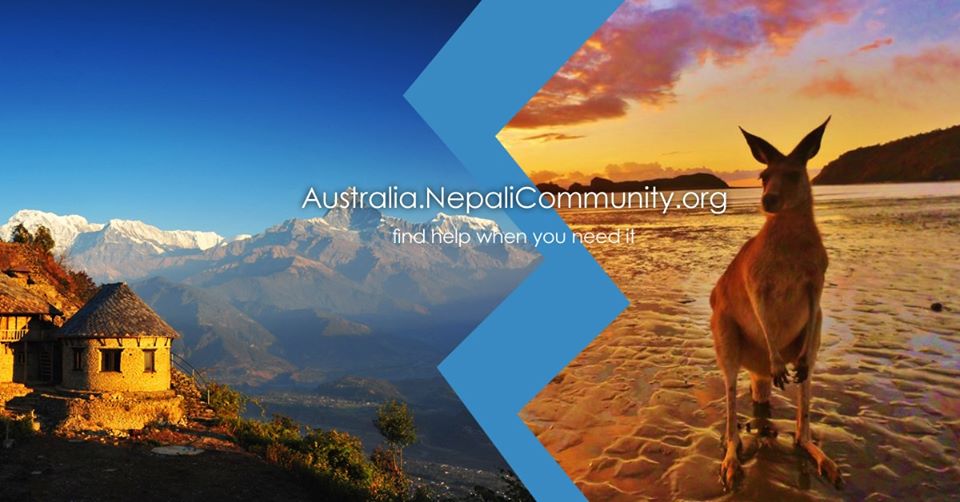Important days in Teej and how it is celebrated
Aug 23, 2017 under
What is Dar - दर
The second day
Third day morning
Rishi Panchami
The fourth day of the festival
Tags: teej, haritalika, dar
Are you a newbie to Australia. Click here to know more about Studying in Australia, About living here, getting your first job and planning for Permanent residency.
Guide to OZ Jobs/Rooms listingsAustraliaMa.com is a network of Nepalese people living in Australia. We are here to kick start your life in Australia with guides from getting a place to live to getting a job in Australia. Our members help each others by posting job offers they know, rooms they want to share and many more. Register yourself and get to be a part of "Australia Ma Nepali" community.
साथीहरु तपाईंहरु लाई थाहा भएको कामहरु, कोठा वा अपार्टमेन्ट हरुको सूचना दिएर अरु साथीहरुको मद्दत गरिदिनुहोला। धन्यवाद
We request friends from anywhere in Australia to list jobs opportunites, room shares so that we can help our friends from Nepal who might find the information useful and important.
Tags: teej, haritalika, dar


